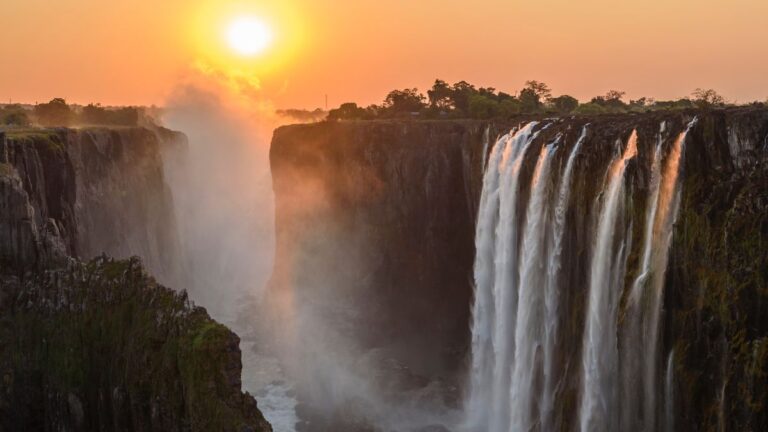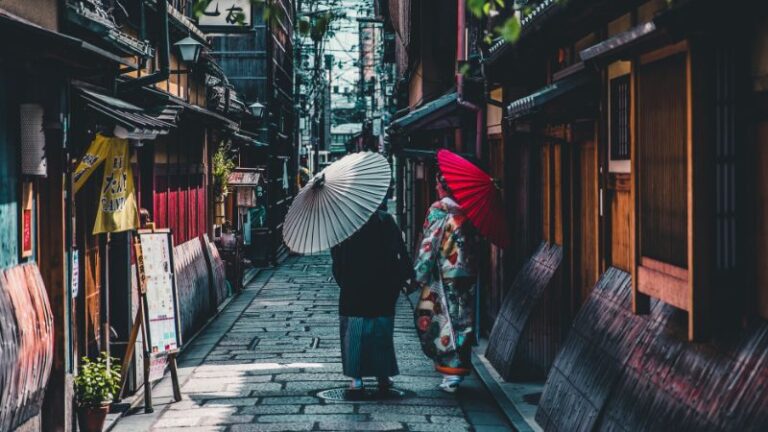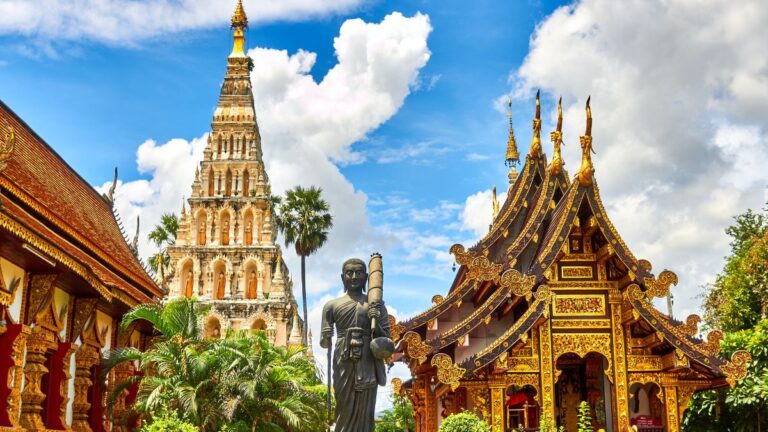Worst Time to Visit Africa: Unveiling the Continent’s Seasonal Challenges
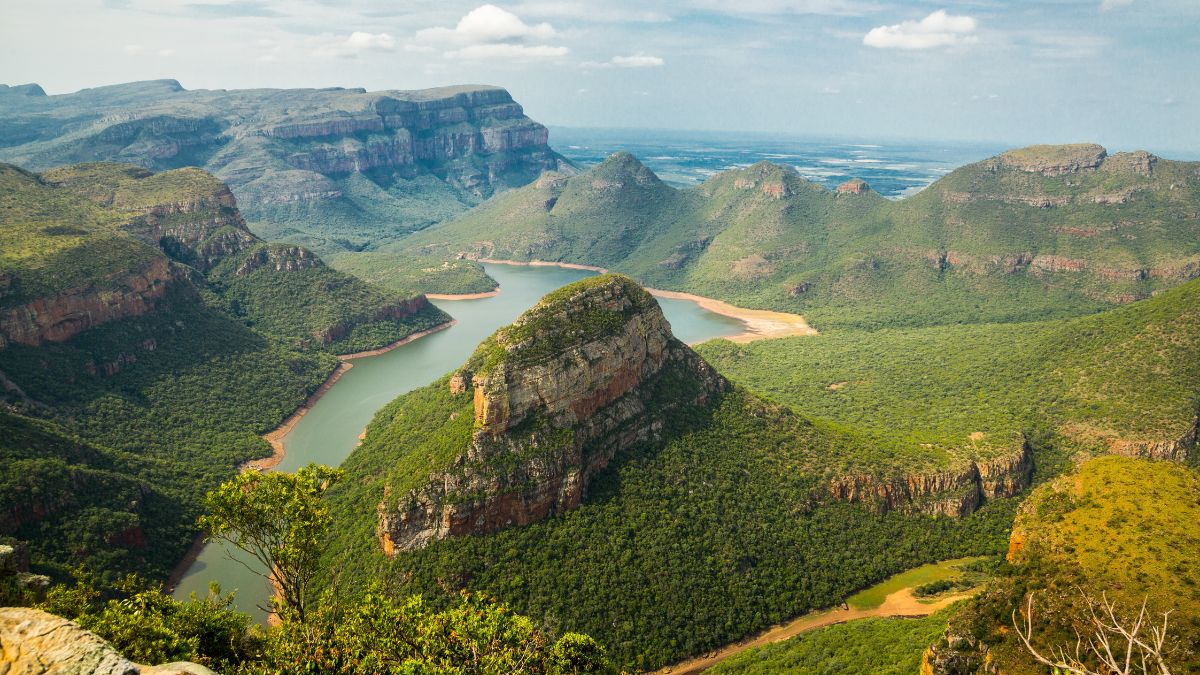
As participants in Amazon Associates and other programs, we earn from qualifying purchases. This comes at no additional cost to you. For more details, see our Affiliate Disclosure.
Africa is a vast and diverse continent, with a rich history and culture. However, like any other destination, there are certain times of the year when it may not be the best time to visit. In this article, we will explore the seasonal challenges that travelers may face when visiting Africa, and provide insights into the best times to plan your trip.
From weather conditions to local events, we’ll unveil the factors that can impact your travel experience in Africa. So, let’s dive in and discover the worst times to visit this fascinating continent.
The African Weather Spectrum: From Desert Heat to Tropical Rains
The beauty of Africa lies in its geographical diversity, from the Sahara Desert’s scorching sands in the north to the tropical rainforests’ lush canopies in the equatorial region, and the arid savannahs that stretch across the south. This diversity, however, also means that weather patterns vary significantly across the continent.
In the arid north, the Sahara Desert presents a climate of extremes: scorching daytime heat that can soar to 50 degrees Celsius (122 degrees Fahrenheit) and chilling night-time temperatures that can plunge below freezing. It’s a challenging landscape for most travelers, particularly during the peak summer months of June to August.
Meanwhile, Africa’s equatorial region, including countries like the Democratic Republic of Congo, Gabon, and Uganda, experience high humidity and rainfall throughout the year due to their proximity to the equator. Here, temperatures remain relatively constant year-round but the rainfall can vary, with two wet seasons characterized by intense downpours.
The southern parts of Africa, known for their sweeping savannahs and abundant wildlife, are subject to a distinct dry and wet season. The dry season, typically from May to October, is cooler and is generally considered the best time for wildlife spotting as animals congregate around limited water sources. Conversely, the wet season from November to April brings hotter temperatures and heavy rains.
Seasonal Differences: The Dry and Wet Seasons Explained
Understanding the rhythm of Africa’s dry and wet seasons is key to planning a successful trip, as each season offers unique opportunities and challenges. The timing of these seasons can vary depending on the region, but broadly speaking, the year is divided into a drier period and a wetter one.
The dry season, generally occurring between May and October, is marked by less rainfall, lower humidity, and cooler temperatures. During this season, the skies are typically clear, and the risk of malaria is lower due to reduced mosquito populations.
In wildlife-rich areas like the Serengeti or the Okavango Delta, the dry season is the best time for game viewing as animals tend to gather around dwindling water sources, making them easier to spot. However, this is also the peak tourism season, which means crowded parks and higher prices.
The wet season, usually from November to April, is characterized by higher temperatures and substantial rainfall. This season brings the landscape to life with verdant vegetation and abundant birdlife, attracting birdwatchers from around the world.
The rain also revitalizes the waterholes and rivers, which can mean more dispersed wildlife but also the opportunity to witness the birth of new offspring in the animal kingdom. However, the increased rainfall can make some roads impassable and increase the risk of malaria.
It’s also important to note the existence of a ‘short rainy season‘ in certain East African regions like Tanzania and Kenya, which occurs for a brief period usually around November or December. The impact of this short rainy season on travel is generally less severe but still worth considering in your planning.
Neither season is strictly ‘better’ or ‘worse’ than the other – it really depends on your specific interests, tolerance for heat and rain, and what you hope to experience during your African journey.
Avoiding the Serengeti’s Rainy Season: Tips for Wildlife Enthusiasts
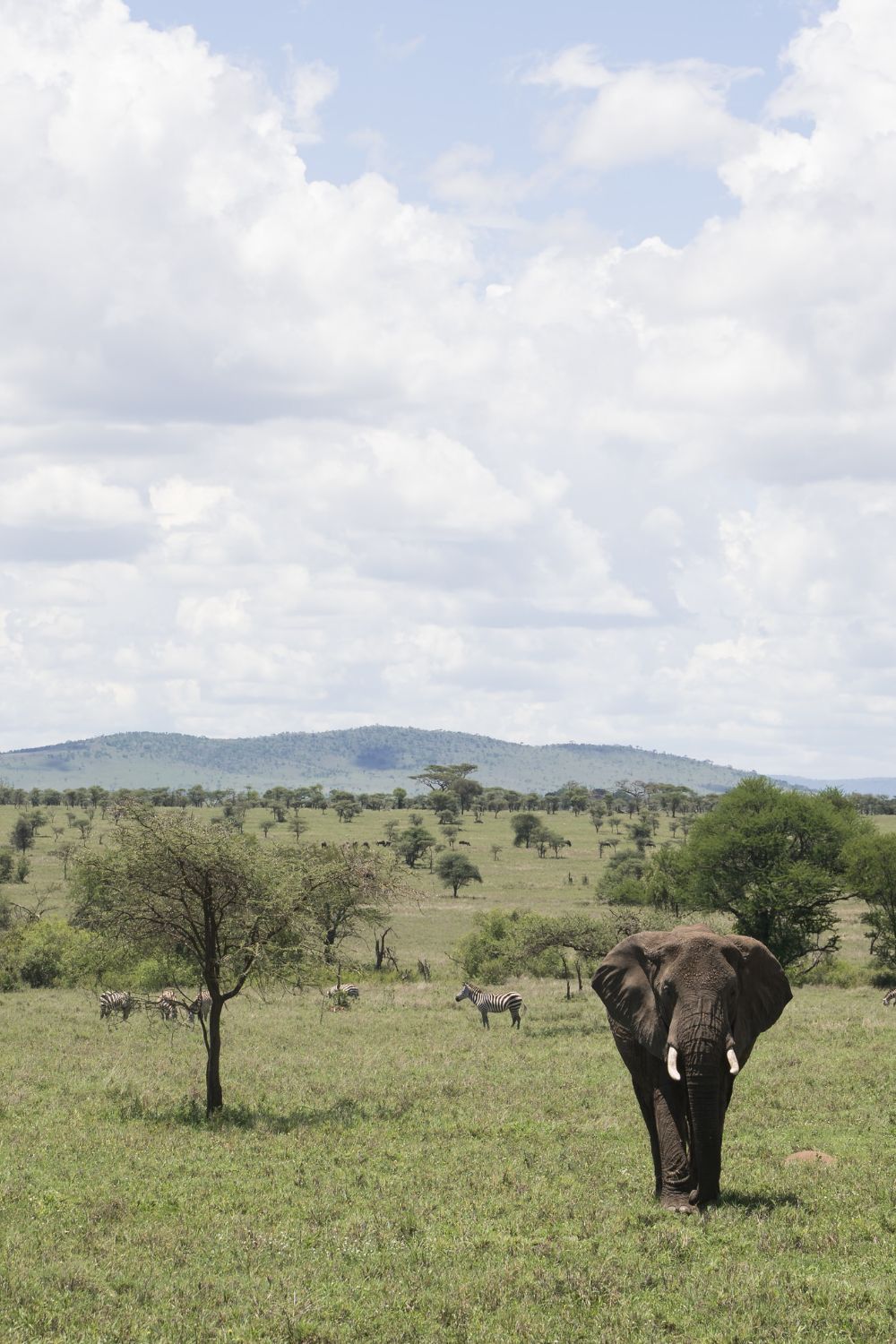
The Serengeti, spanning northern Tanzania and southwestern Kenya, is renowned for its unrivaled wildlife viewing opportunities and the spectacular Great Migration of over a million wildebeest, zebras, and gazelles. However, the timing of your visit can significantly influence your wildlife viewing experience.
The Serengeti has a tropical savannah climate with a dry season (June to October) and a wet season (November to May), which is split into the ‘short rains’ (November to December) and the ‘long rains’ (March to May). During the rainy seasons, heavy showers often occur in the late afternoon and are usually short-lived, but they do make the grasslands lush and sometimes challenging for wildlife spotting due to the tall grass and flooded roads.
While the long rains offer the advantage of fewer crowds and lower prices, the heavy rainfall can make some areas of the Serengeti inaccessible due to poor road conditions. The proliferation of water sources also disperses wildlife, making sightings less predictable. Additionally, the increased humidity can enhance the risk of malaria and other diseases transmitted by insects.
On the other hand, the dry season is the most popular time for wildlife enthusiasts as the scarce water supply draws animals to common sources, making them easier to spot. The vegetation is also less dense, providing better visibility. It’s also the period when the dramatic river crossings of the Great Migration typically occur.
Therefore, if you want to maximize your chances of excellent wildlife viewing and avoid the challenges of the rainy season, the best time to visit the Serengeti is typically during the dry season. However, keep in mind that this is also the peak tourist season, so advanced booking is essential, and prices can be higher.
Navigating the Sahara: Dodging the Extremes

The Sahara Desert, stretching across northern Africa, is the world’s largest hot desert and home to some of the harshest climatic conditions on Earth. With its dunes, oases, and rock formations, it presents an allure that’s hard to resist for adventure travelers. However, navigating the extremes of the Sahara’s climate requires careful planning.
The Sahara is characterized by extreme temperature fluctuations, with scorching heat during the day and chilly conditions at night. The hottest months are between June and September, when daytime temperatures can soar above 50 degrees Celsius (122 degrees Fahrenheit), making travel during these months not only uncomfortable but potentially dangerous due to the risk of heatstroke and dehydration.
Conversely, during the winter months from December to February, while daytime temperatures can be relatively mild and comfortable, nighttime temperatures can drop to freezing. Without adequate gear, these conditions can be equally hazardous.
Therefore, the most advisable times to visit the Sahara are during the shoulder seasons of March to May and October to November. During these periods, temperatures are more moderate and manageable for exploration. This is the perfect time to go on a camel trek, spend a night under the desert stars, or explore the ancient Berber villages and cultures without suffering the severe heat or cold.
Remember, wherever and whenever you choose to explore the vastness of the Sahara, it’s crucial to respect the desert’s power and unpredictability. Always travel with experienced guides, keep yourself hydrated, and be prepared for swift weather changes.
When Not to Visit the Rainforests: Understanding the African Monsoons
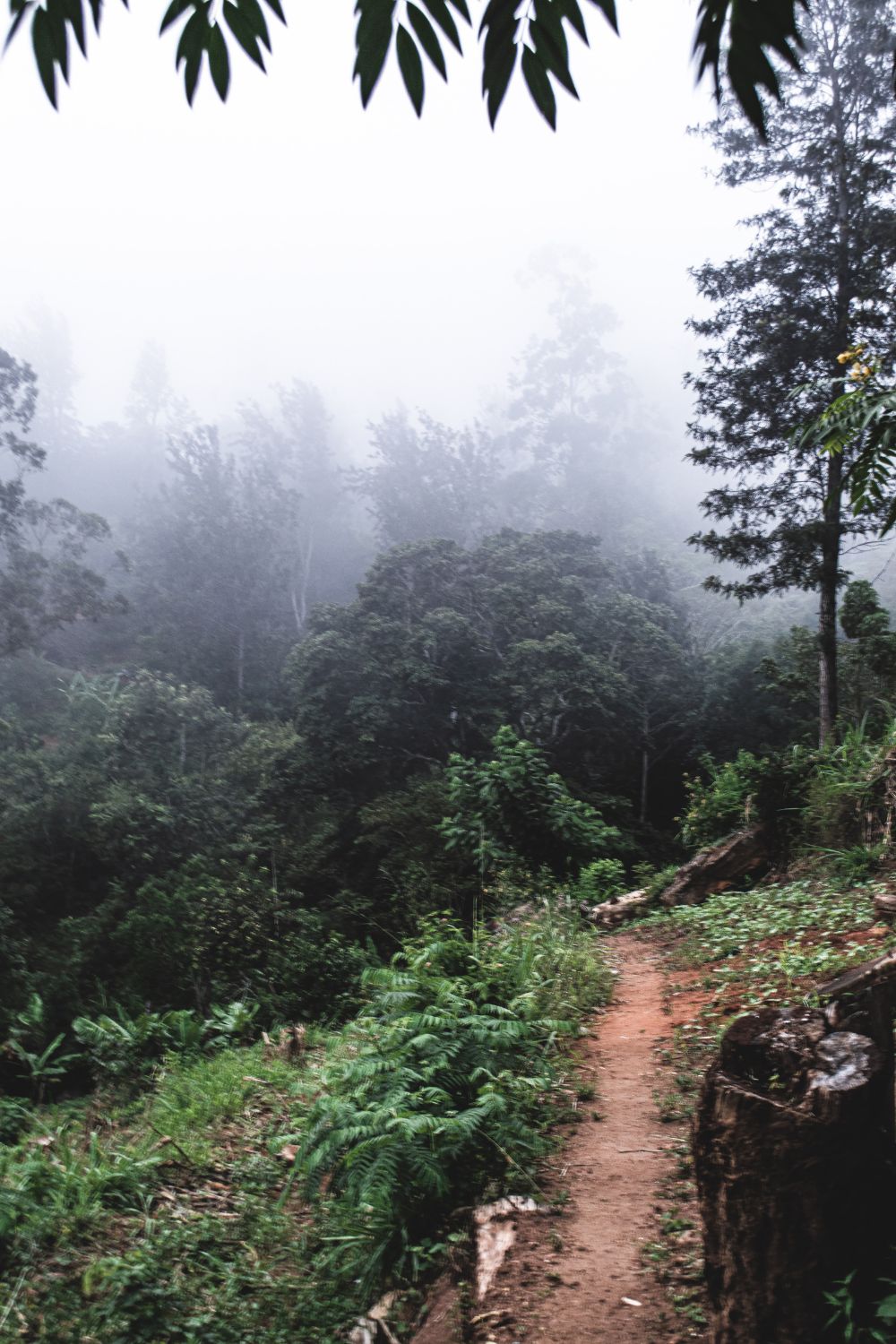
Africa’s equatorial rainforests, such as the Congo Basin, are a world apart from its deserts and savannahs. These dense, verdant forests are teeming with unique biodiversity, making them a dream destination for nature lovers and adventurers alike. However, the very factor that allows these ecosystems to thrive — rain — can also present significant challenges for visitors.
Rainfall in these regions is typically heavy and frequent due to the monsoon cycle, with two peak wet seasons occurring roughly from March to June and September to November. During these periods, heavy rainfall can make some forest trails impassable and increase the risk of insect-borne diseases like malaria. The high humidity can also make physical activities more strenuous and generally uncomfortable.
Moreover, wildlife spotting can be more challenging during the peak rain seasons. Many animal species are less active in the rain and dense vegetation growth can further obstruct visibility.
The drier periods, typically December to February and July to August, are generally considered the best times to visit African rainforests. During these periods, trails are more navigable, humidity is lower, and wildlife is easier to spot as animals tend to gather near water sources.
However, keep in mind that “dry” is a relative term in these rainforests — some amount of rain can be expected even in the driest months. So, regardless of when you visit, packing waterproof clothing and gear is essential. It’s also advisable to check with local tour operators or park authorities for current conditions before your trip.
If you wish to avoid the toughest conditions, it’s advisable to plan your African rainforest adventure outside of the peak monsoon months. But even then, always be prepared for a sudden tropical downpour — after all, it wouldn’t be a rainforest without a bit of rain!
Beach Holidays in Africa: Timing Your Visit to Coastal Regions
Africa’s coastal regions are a paradise for beach lovers, boasting some of the world’s most pristine and picturesque shorelines, from the white sands of Zanzibar to the rugged cliffs of South Africa’s Garden Route. However, just like the rest of the continent, the coastal areas also have their own seasonal patterns that can significantly impact your beach holiday. Understanding these patterns can help you avoid disappointing weather and make the most of your seaside getaway.
East Africa’s Coastal Regions (Kenya, Tanzania, Mozambique)
The coastal regions of East Africa, which include destinations like Zanzibar, Mombasa, and Maputo, typically have a tropical climate with two rainy seasons – the ‘long rains’ from March to May and the ‘short rains’ from November to December.
Outside these periods, you can expect warm, sunny weather perfect for beach relaxation and water activities. It’s also worth noting that the hotter months (December to March) can be quite humid, which might not be comfortable for everyone.
West Africa’s Coastal Regions (Senegal, The Gambia, Ghana)
West Africa’s coastal areas, such as Dakar, Banjul, and Accra, experience their heaviest rainfall from June to September. Outside these months, the weather is generally dry and sunny, providing ideal conditions for beach holidays.
South Africa’s Coastal Regions
South Africa’s coastline along the Atlantic and Indian Oceans experiences a Mediterranean climate in the west (Cape Town) and a subtropical climate in the east (Durban). The Western Cape’s hot, dry summer runs from December to February, making it an excellent choice for a beach holiday, while the Eastern Cape experiences mild, sunny winters and warm, wet summers.
North Africa’s Coastal Regions (Morocco, Tunisia, Egypt)
The coastal areas of North Africa, such as Marrakech, Tunis, and Alexandria, are characterized by hot, dry summers and mild, wet winters. The summer months (June to August) can be scorching and may not be comfortable for everyone, making the spring (April to June) and fall (September to November) more pleasant times for a beach vacation.
Health Concerns: Disease Outbreaks and Seasonal Allergens
Health is a critical aspect to consider when planning a trip to Africa, as certain regions of the continent can pose unique health challenges related to disease outbreaks and seasonal allergens. Being aware of these challenges and taking appropriate preventive measures can help ensure your journey is a safe and enjoyable one.
Malaria and Other Mosquito-Borne Diseases
Malaria is a significant concern in many parts of Africa, especially during the rainy seasons when mosquito populations surge. Similarly, diseases like dengue fever and Zika can also be contracted from mosquitoes in certain regions.
Prevention measures include taking prophylactic medications, using insect repellent, and sleeping under a mosquito net. It’s important to consult with a travel health specialist to understand the risks for your specific destination and time of travel.
Water-Borne Diseases
During the rainy season, the risk of water-borne diseases like cholera and typhoid can increase, particularly in areas with poor sanitation. Ensuring you only drink water that’s been properly treated or bottled, and maintaining good hand hygiene can help reduce this risk.
Seasonal Allergens
Depending on the season and region, allergens such as pollen, dust, or mold spores can be high. For example, the Harmattan wind in West Africa, which blows from the Sahara Desert between November and February, can carry large amounts of dust and potentially trigger respiratory issues for sensitive individuals.
Similarly, the flowering season in various parts of the continent can lead to high pollen counts. Travelers with allergies or respiratory conditions should check local allergen forecasts and take necessary precautions.
Outbreaks of Other Infectious Diseases
Africa, like any other continent, can have outbreaks of certain infectious diseases. Before traveling, it’s advisable to check the latest updates from reliable sources such as the World Health Organization or Centers for Disease Control and Prevention, and get any recommended vaccinations.
While it’s crucial to be aware of these health concerns, with the right information, appropriate precautions, and necessary vaccines, these risks can be effectively managed.
Political Climate and Tourism: The Impact of Election Seasons
Politics can significantly influence the safety and feasibility of travel to certain regions, and Africa is no exception. Election seasons, in particular, can be a time of heightened tension and potential instability, which can impact the tourism industry.
- Political Tensions and Unrest: Elections can be flashpoints for civil unrest, protests, or even violence in some countries. These situations can disrupt travel plans, limit accessibility to certain areas, and potentially put visitors at risk. Therefore, it’s advisable to research the political climate of your intended destination and stay updated with news from reliable sources.
- Travel Restrictions: During politically sensitive periods, governments may impose restrictions such as curfews, roadblocks or increased security checks. These can lead to delays and disruptions in travel plans. Certain areas might also become off-limits to foreigners due to safety concerns.
- Availability of Services: During periods of political unrest, services such as transportation, hospitality, or guided tours may be affected. Strikes or protests could disrupt public transportation, hotels may close, and tour operators may cancel trips.
- Impact on Local Communities: It’s also important to consider the impact of your visit on local communities during these times. While your tourism dollars can certainly help support local economies, being a responsible traveler also means respecting the situations these communities are dealing with.
To minimize potential risks, it can be beneficial to avoid visiting during election seasons or periods of political transition. However, if travel during these times is unavoidable, maintaining a high level of situational awareness, following advice from local authorities and your home country’s foreign travel advisory service, and having flexible travel plans can help ensure your safety.
Festivals and Peak Tourist Season: A Double-edged Sword
Festivals and peak tourist seasons are significant aspects to consider when planning your visit to Africa. On one hand, they can provide enriching cultural experiences and fantastic opportunities to engage with local traditions. On the other hand, they can also bring crowds, higher prices, and potential logistical challenges.
- Festivals and Cultural Events: Africa’s vibrant festivals, such as Morocco’s Feast of the Throne, Ethiopia’s Timkat, or Mali’s Festival au Désert, offer unique opportunities to delve into the continent’s rich cultures. However, these events can also attract a surge of both domestic and international tourists, leading to crowded venues, sold-out accommodations, and increased prices.
- Peak Tourist Season: In general, the dry seasons across Africa coincide with the peak tourist season, as these months offer more predictable weather and better wildlife viewing opportunities. However, the increased tourist influx can lead to crowded wildlife parks, busier tourist attractions, and a less serene experience. Prices for flights, accommodations, and tours also tend to be higher during these peak times.
- Balancing Experiences and Challenges: The key to navigating these periods is to balance the unique experiences they offer with their potential challenges. Early planning and booking can help secure accommodations and tours at better prices. Additionally, choosing lesser-known festivals or off-the-beaten-path destinations can offer equally enriching cultural experiences with fewer crowds.
While festivals and peak tourist seasons can present a double-edged sword, with thoughtful planning, flexibility, and a spirit of adventure, they can be integral to an unforgettable African journey.
Balancing Weather, Wildlife, and Wanderlust in Africa
The African continent, with its diverse landscapes, incredible wildlife, and vibrant cultures, is a dream destination for many. However, planning a trip to Africa can be a complex balancing act between weather, wildlife, and wanderlust. Understanding the seasonal variations across different regions is crucial to ensure that your African adventure unfolds just as you imagine it.
Weather in Africa is as varied as its geography. The continent spans both temperate and tropical zones, from the hot Sahara Desert to the highlands of East Africa. Each region and country has its own weather patterns and climate, dictated by its geographical location and elevation. Planning your visit according to these climatic conditions can significantly impact your comfort, safety, and overall enjoyment.
Wildlife is one of Africa’s most enticing draws. Whether it’s the Great Migration in East Africa’s savannahs, gorilla trekking in the rainforests, or bird watching in wetlands, timing your visit right is vital for the best wildlife viewing experiences. Different seasons can offer unique wildlife encounters – dry seasons typically provide better wildlife visibility, while wet seasons are excellent for birding and seeing newborn animals.
Your wanderlust — the desire to explore and experience new cultures and landscapes — is an equally important part of the equation. Consider what you most want to do and see. Are you enthralled by the prospect of witnessing vibrant local festivals, or is your dream to have a serene, off-the-beaten-path experience? Bear in mind that popular events and destinations can attract crowds, especially during the peak tourist season.
Striking the right balance between these factors can ensure you experience the very best of what Africa has to offer. It requires thorough research, careful planning, and sometimes compromise, as the best time for wildlife viewing might coincide with the tourist high season or the peak of the rainy season. However, with a little flexibility and a well-thought-out plan, you can navigate Africa’s seasonal challenges and enjoy the trip of a lifetime.


